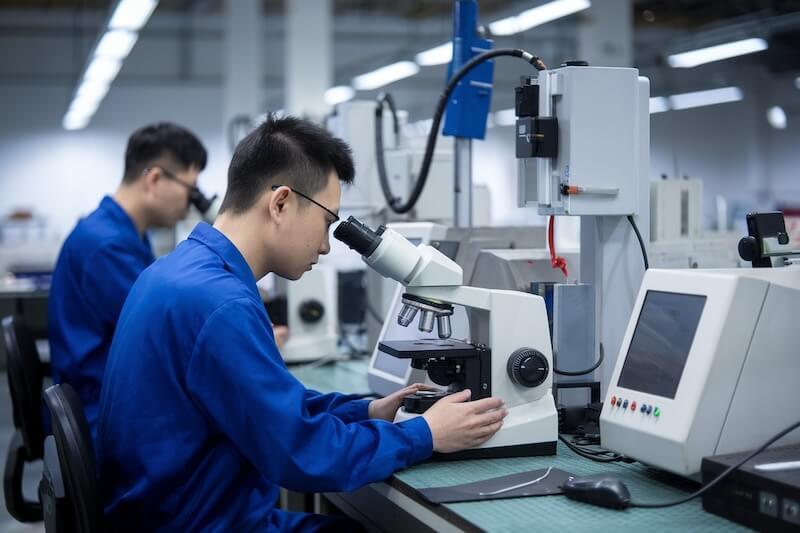Introduction
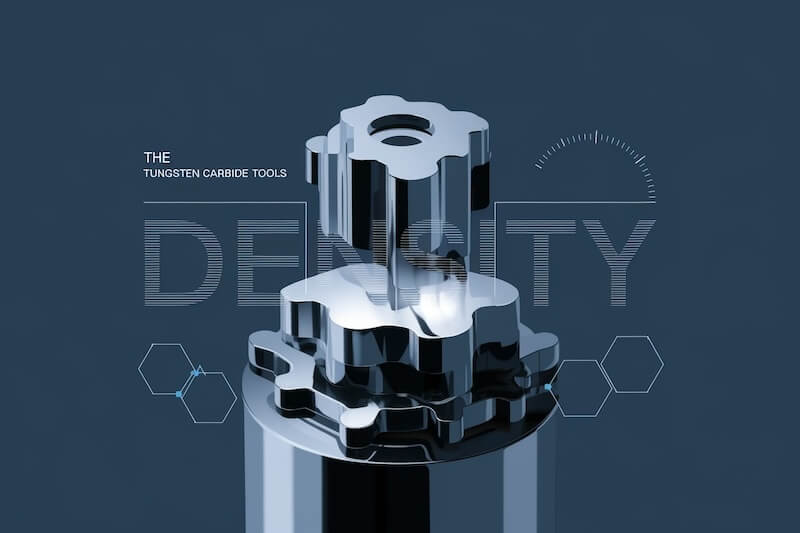
In the intricate world of materials science and industrial manufacturing, density stands as a fundamental property that influences the performance, functionality, and application of materials. Within the tungsten carbide industry, understanding density is crucial for optimizing tool design, ensuring structural integrity, and enhancing overall product quality. This explanatory article delves into the concept of density, its significance in the tungsten carbide industry, the factors that influence it, measurement methods, and its practical implications across various applications.
What is Density?
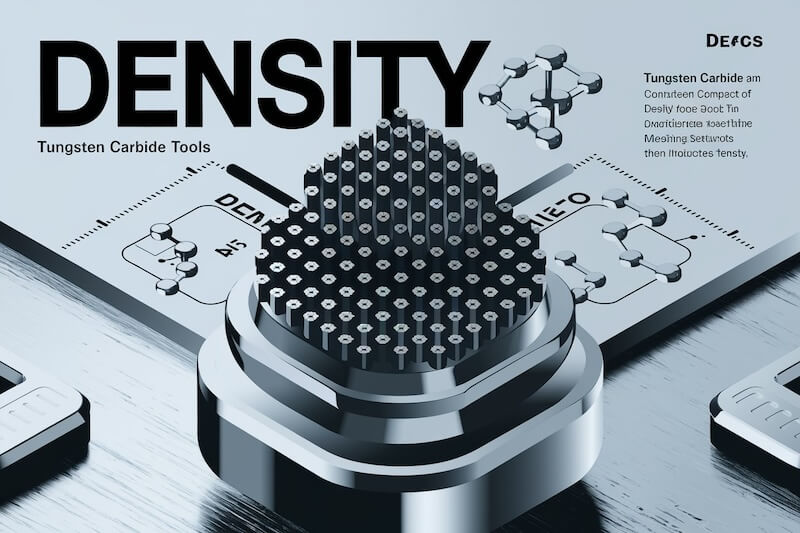
Density is a physical property that measures the mass of a substance per unit volume. It is typically expressed in units such as grams per cubic centimeter (g/cm³) or kilograms per cubic meter (kg/m³). Mathematically, density (ρ) is defined as:
ρ=𝑚/𝑉
where:
𝜌 = Density
𝑚 = Mass
𝑉 = Volume
In the context of the tungsten carbide industry, density plays a pivotal role in determining the material’s suitability for various applications. Tungsten carbide is renowned for its high density, which contributes to its exceptional hardness, wear resistance, and ability to maintain structural integrity under stress.
Significance of Density in Tungsten Carbide
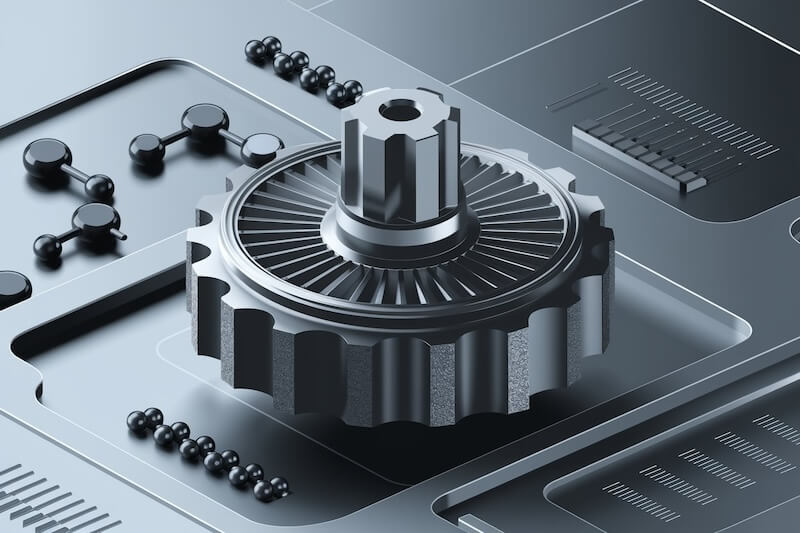
Density is a critical parameter that affects multiple aspects of tungsten carbide tools and components. Its significance can be observed in the following areas:
1. Material Properties and Performance:
Hardness and Wear Resistance: High density in tungsten carbide correlates with increased hardness and superior wear resistance. This ensures that tools can withstand abrasive conditions and maintain sharpness over extended periods.
Strength and Durability: Dense materials generally exhibit higher strength, contributing to the durability and longevity of tungsten carbide tools. This is essential for applications that involve high-stress environments.
2. Tool Design and Functionality:
Mass and Stability: The density of tungsten carbide affects the mass of the tools, influencing their stability and balance during operation. Proper density ensures that tools perform accurately and efficiently.
Heat Dissipation: High-density materials have better thermal conductivity, aiding in the dissipation of heat generated during intensive manufacturing processes. This prevents overheating and extends tool life.
3. Application Suitability:
Precision Manufacturing: In precision applications, the density of tungsten carbide ensures that tools can produce accurate and consistent results, maintaining tight tolerances and high-quality finishes.
Heavy-Duty Operations: Dense tungsten carbide tools are ideal for heavy-duty operations such as mining, drilling, and cutting, where durability and resistance to wear are paramount.
Factors Influencing Density in Tungsten Carbide
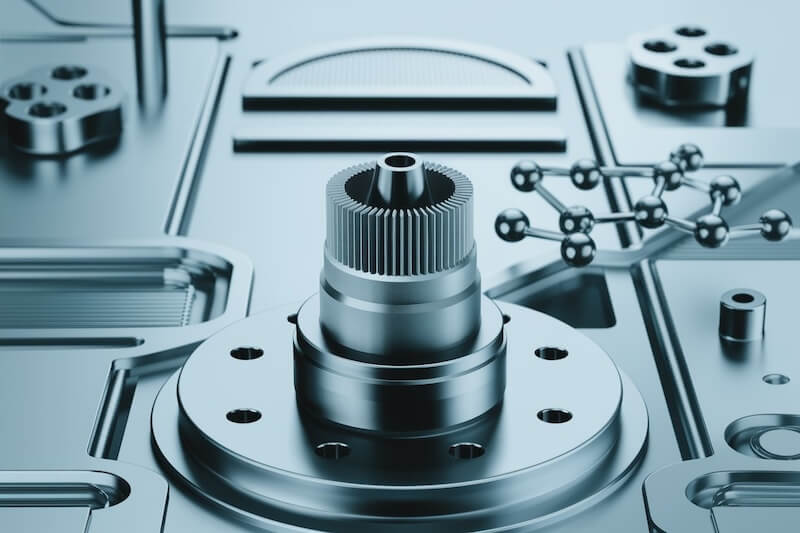
Several factors influence the density of tungsten carbide, each playing a crucial role in determining the material’s overall performance and suitability for specific applications:
1. Composition and Alloying:
Wolfram (W) to Carbon (C) Ratio: The ratio of tungsten to carbon in tungsten carbide affects its density. A higher tungsten content typically increases density, enhancing hardness and strength.
Binder Metals: Cobalt (Co) is commonly used as a binder in tungsten carbide composites. The amount and type of binder metal influence the density and overall properties of the material. Optimal binder content ensures a balance between density, hardness, and toughness.
2. Manufacturing Process:
Powder Metallurgy: The density of tungsten carbide is significantly influenced by the powder metallurgy process, which involves mixing tungsten carbide powder with binder metals, compacting the mixture, and sintering it at high temperatures. Precise control of the sintering parameters ensures a uniform and dense microstructure.
Sintering Conditions: Temperature, pressure, and atmosphere during sintering affect the material’s density. Higher sintering temperatures and pressures generally lead to increased density by promoting better bonding between particles and reducing porosity.
3. Grain Size and Microstructure:
Grain Size: Finer grain sizes in tungsten carbide composites contribute to higher density by reducing the volume of pores and voids within the material.
Microstructural Uniformity: A uniform microstructure with minimal defects and porosity enhances the density and mechanical properties of tungsten carbide.
4. Impurities and Additives:
Purity of Raw Materials: High-purity tungsten carbide and binder metals result in denser and more consistent materials. Impurities can introduce defects and reduce density.
Additives: Certain additives can be introduced to improve specific properties, but they must be carefully controlled to avoid compromising density.
Measurement of Density
Accurately measuring the density of tungsten carbide is essential for quality control and ensuring that the material meets the required specifications for its intended application. Common methods for measuring density include:
1. Archimedes’ Principle:
Description: This method involves measuring the buoyancy of a tungsten carbide sample submerged in a fluid (usually water). The density is calculated based on the displacement of the fluid.
Application: Widely used for measuring the density of solid materials, including tungsten carbide tools and components.
2. Gas Pycnometry:
Description: Gas pycnometry measures the volume of a material by displacement of gas within a closed chamber. It provides highly accurate density measurements, especially for materials with complex shapes.
Application: Suitable for precise density measurements of tungsten carbide powders and sintered parts.
3. Hydrostatic Weighing:
Description: Similar to Archimedes’ Principle, hydrostatic weighing involves weighing a sample in air and then in water to determine its density based on the difference in weight.
Application: Used for bulk density measurements of tungsten carbide materials.
4. X-Ray Density Measurement:
Description: Utilizes X-ray absorption to determine the density of a material. Denser materials absorb more X-rays, providing a quantitative measure of density.
Application: Employed for non-destructive density measurements of tungsten carbide components.
Practical Implications of Density in Tungsten Carbide Applications
Understanding and optimizing density in tungsten carbide has several practical implications for its use in various industries:
1. Tool Performance and Efficiency:
Impact on Cutting Tools: High-density tungsten carbide cutting tools exhibit superior performance, enabling faster and more efficient cutting operations with minimal wear.
Drilling and Boring: Dense tungsten carbide drill bits and boring tools provide greater penetration and reduced risk of tool failure during deep drilling operations.
2. Structural Components:
Wear Parts: High-density wear parts made from tungsten carbide offer enhanced resistance to abrasion and erosion, prolonging their service life in harsh environments.
Machinery Components: Dense tungsten carbide components ensure structural integrity and reliable performance in heavy machinery and equipment.
3. Quality Control:
Consistency: Maintaining consistent density in tungsten carbide products ensures uniform performance and reliability across batches, meeting industry standards and customer expectations.
Defect Minimization: High density reduces the likelihood of internal defects and porosity, enhancing the overall quality and durability of tungsten carbide tools and components.
4. Cost Efficiency:
Material Utilization: Higher density materials provide more mass in a given volume, optimizing material utilization and reducing waste.
Long-Term Savings: Dense tungsten carbide tools offer longer lifespans, decreasing the frequency of replacements and lowering overall operational costs.
5. Thermal Management:
Heat Dissipation: High-density tungsten carbide has excellent thermal conductivity, aiding in the dissipation of heat generated during cutting and machining processes. This prevents overheating and extends tool life.
Enhancing Density Through Advanced Manufacturing Techniques
To maximize the density of tungsten carbide tools and components, manufacturers employ several advanced techniques and best practices:
1. Optimized Alloy Composition:
Strategy: Fine-tuning the ratio of tungsten carbide to binder metal to achieve the desired density and mechanical properties.
Outcome: Enhanced density leads to improved hardness, wear resistance, and overall tool performance.
2. Advanced Powder Metallurgy:
Strategy: Utilizing high-purity powders and precise mixing processes to ensure uniform distribution of tungsten carbide particles and binder metals.
Outcome: Produces dense, defect-free composites with superior mechanical properties.
3. Precision Sintering:
Strategy: Controlling sintering temperature, pressure, and atmosphere to achieve optimal bonding between particles and minimize porosity.
Outcome: Results in dense, high-integrity tungsten carbide materials with consistent properties.
4. Microstructural Control:
Strategy: Managing grain size and microstructure through controlled cooling and heat treatment processes.
Outcome: Finer grain structures contribute to higher density and enhanced mechanical properties.
5. Quality Assurance and Testing:
Strategy: Implementing rigorous quality control measures to monitor density and ensure compliance with specifications.
Outcome: Guarantees that tungsten carbide products meet the required density standards, ensuring reliable performance and customer satisfaction.
Conclusion
Density is a pivotal property in the tungsten carbide industry, influencing the material’s hardness, wear resistance, strength, and overall performance. By understanding the factors that affect density and employing advanced manufacturing techniques to optimize this property, manufacturers can produce high-quality, durable, and reliable tungsten carbide tools and components. Enhanced density not only ensures superior tool performance and longevity but also contributes to cost efficiency, operational reliability, and consistent product quality across various industrial applications.
As industries continue to demand higher performance standards and more resilient materials, the role of density in tungsten carbide will remain critical. Manufacturers that prioritize density optimization in their tungsten carbide products will achieve greater operational efficiency, cost-effectiveness, and competitive advantage, solidifying tungsten carbide’s position as the material of choice for high-performance wear parts tools and components.

